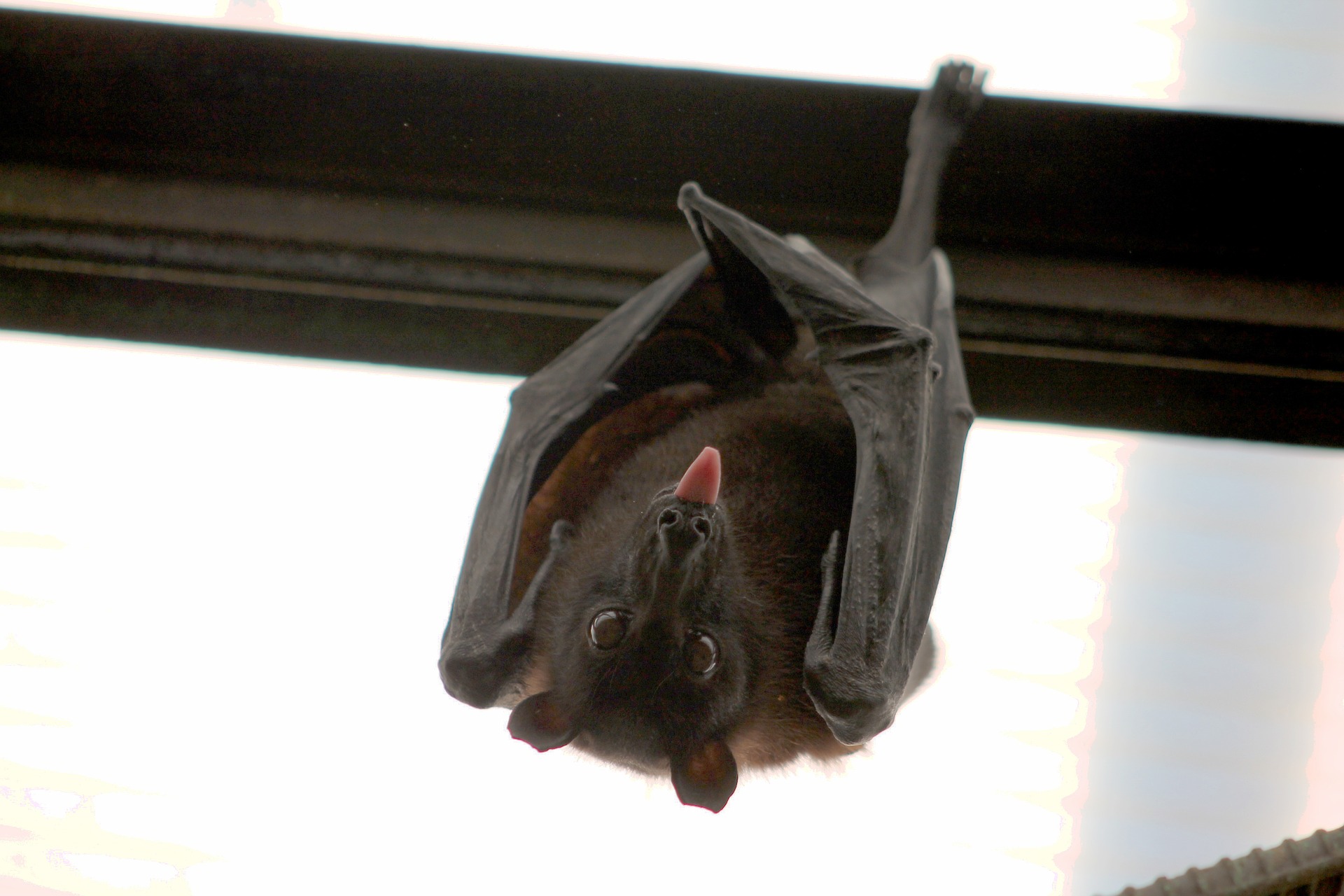All About Bats by HalloweenCostumes.com

By: FUN Monster
Bats are fascinating animals that live around the world. Some species of bats exist in high numbers, while others are declining and endangered. Nine species of bats in the United States are threatened. Bats live longer than most other mammals, with the longest known lifespan of a bat in the wild being 30 years.
- The bat order name is Chiroptera, meaning "hand wing." This name originated because their wing structure is similar to hands.
- Bats make up one-fourth of the mammals in the world.
- Bats are mammals that fly.
- Bats are the only kind of mammal that can achieve continued flight.
- More than 1,000 different bat species exist.
- Bats are nocturnal animals.
- Bats use echolocation to navigate in the dark. This involves making noises and waiting for the sound waves to bounce off of objects. If no bounce-back occurs, it's safe to fly forward. If sound waves bounce back, bats can tell how close objects are by the speed of the bounce-back.
- Most bats eat insects, but some also consume blood, fish, or fruit.
- Three different types of vampire bats feed on blood.
- Vampire bats have tiny, sharp teeth that pierce an animal's skin without any pain.
- Vampire bats often carry rabies, making the bites dangerous.
- Bats may live alone or with colonies of thousands of other bats.
- Bats live in caves, crevices, dead trees, and people's homes.
- Bats hang upside-down because they can't stand up due to their small pelvises. Hanging upside-down doesn't affect bats' circulation because they are so small.
- Bats live more than 20 years.
- Pteropus bats are the largest bats in the world.
- The smallest bats are as large as a dime and have a wing span of 6 inches.
- Bat wings are an extension of their skin.
- A bat can eat up to 6,000 insects in one night.
- Some bats can fly as fast as 50 miles per hour.
Size
Bats have two main types, known as megabats and microbats. The megabats include Old World fruit bats and flying foxes, which are larger animals. Microbats are usually smaller, although some can be larger than megabats. Flying foxes are the largest bats, with some having wing spans of up to 6 feet and weighing slightly more than 2 pounds. The long-tongued fruit bat is the smallest megabat, with a wingspan of 10 inches and a weight of a half-ounce. The largest microbat is the spectral bat, which has a wingspan of 40 inches and a weight of about 5 to 6 pounds. The smallest microbat is the bumblebee bat, only weighing 2 grams.
Habitat
Bats live everywhere on Earth except for a few islands, the Arctic, and Antarctica. Bats prefer warm environments, and they often live in rainforests, farmland, and woods. Some bats migrate to warmer areas during the winter, and others go into torpor, which is short-term hibernation.
Bats will roost anywhere they can find shelter from the weather and protection from predators. This may include barns, houses, mines, caves, or trees. A colony of bats may have up to 1,000 bats in it. During the nighttime hours, bats may fly as far as 31 miles to find food.
Diet
Bats eat small insects, fruit, nectar, pollen, leaves, and flowers. Megabats eat fruits, while microbats eat insects. The Malayan flying fox is capable of eating up to half of its body weight each day. Vampire bats may eat twice their weight in a day. Bats that eat fruit will often squeeze the fruit in their mouths to extract the juice. Vampire bats usually suck blood from cattle and deer.
Mating Habits
Bat mating occurs in late summer and early fall. Male and female bats pair off and breed in hibernation sites, which are called hibernacula. Mating rituals include swarming around in large numbers, chasing each other, and flying in fancy formations. Females may be attracted to the most agile males, with agility exhibited during the swarming events. After pairing off, the male and female will go to a secluded spot to mate. Females store the sperm in their bodies until the next spring. A pregnant bat has a gestation period of between 40 days and six months. Bats give birth to one baby, and the pup will weigh about one-quarter of the mother's weight at birth. Baby bats drink their mothers' milk. Mothers and babies sequester themselves from the males. Mother bats help take care of all of the young in their group.
Classification/Taxonomy
The taxonomy of bats is as follows:
- Kingdom: Animalia
- Phylum: Chordata
- Subphylum: Vertebrata
- Class: Mammalia
- Order: Chiroptera
- Suborder: Megachiroptera/Microchiroptera
- Family: Microchiroptera has 16 families, and Macrochiroptera has one family
- Genera: 187 genera
- Species: More than 950 species and possibly as many as 1,200 species
Conservation Status
Many bat species are threatened with extinction, and more than 250 species are listed as endangered or vulnerable. The most endangered bat is Bulmer's fruit bat, which lives in a single cave in Papua New Guinea. There may only be about 160 bats left in this colony. Bats in North America are dying due to a disease called white-nose syndrome. This fungus has killed hundreds of thousands of bats.
Additional Resources
- Bat Facts: In the United States, bats are most numerous in the Southwest.
- Bat Facts and Folklore: Bats have been part of myths and folklore over the years, such as bats being able to prevent demon entry into homes.
- Five Facts: Bats in Florida: Florida is home to 13 different bat species.
- What Are Bats? Only rodents are more numerous than bats as far as mammal species numbers.
- Chiroptera: Bats: Bats live near freshwater bodies of water, preying on the insects that live around the water.
- Bat Biology: Bats are able to capture prey mid-flight, foraging over bodies of open water and over clearings.
- Meet the Pollinators: Bats: Bats are important pollinators, with more than 300 fruit species depending on bats for pollination.
- Bat Information (PDF): Bats are mostly harmless to humans, and they serve to help people more than to hurt them.

